
With a staggering 48 symptoms and over 13 million menopausal women in the UK, it’s time to break the silence this Menopause Awareness Month and help women feel more confident.
One of the most ‘taboo’ symptoms of the menopause is how it affects your bladder. You may be finding that you’re running to the loo or leaking when you laugh, run, cough, or sneeze.
Urinary incontinence affects one in three women (and one in ten men) and can be caused by a loss of oestrogen.
Ruth Maher, co-inventor of pelvic floor experts INNOVO, explains that during perimenopause and menopause, our ovaries begin to produce less oestrogen, the hormone that controls and influences the menstrual cycle, the reproductive system, the urinary tract, and your bones and heart. This is a very natural part of aging, but it can cause a host of physical and mental symptoms, ranging from mild to debilitating.
Oestrogen is a vital part in making your pelvic muscles and bladder tissues strong, which can lead to a weakness in the pelvic floor muscles. These muscles act as a supportive hammock to the bladder. As the pelvic muscles weaken, it makes it harder to hold onto your wee and this is why you may leak when you cough, laugh, or sneeze.
So how can we rebuild those muscles and help lead a leak-free life?
The good news is there are lots of exercises that will help you engage this core set of muscles, including yoga.
Yoga and your pelvic floor
Yoga is a calming, meditative practice that can fit easily into your busy schedule and can provide a great support to your pelvic floor strengthening regime.
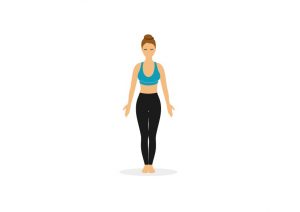 Mountain Pose (Tadasana)
Mountain Pose (Tadasana) To do this exercise:
To do this exercise:
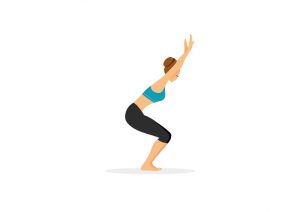 Stand with your feet hip distance apart and your hands resting at your sides
Stand with your feet hip distance apart and your hands resting at your sides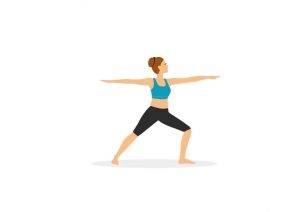 Warrior II (Virabhadrasana II)
Warrior II (Virabhadrasana II)To do this exercise:
To do this exercise:
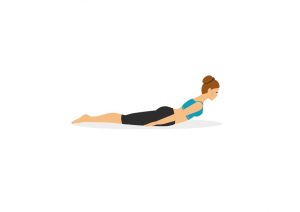 This posture works both the glutes, buttocks & the pelvic floor – 3 for the price of 1!
This posture works both the glutes, buttocks & the pelvic floor – 3 for the price of 1!
To do this:
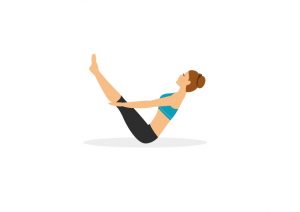 To do this:
To do this:
Options: You can keep your hands behind the knees for support or extend both arms forward. You can keep the knees bent or straighten both legs.
Watch out: do not curve the spine and fold in, keep pushing the chest forward trying to reduce the gap between the chest and the thighs.
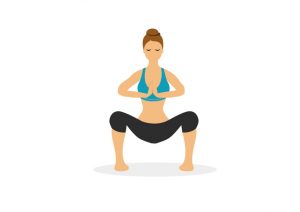 To do this:
To do this:
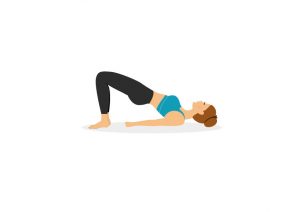 To do this:
To do this:
To breathe efficiently the pelvic floor must be involved, and to exercise your pelvic floor efficiently, the breath must be involved. Your pelvic floor moves in a dance with your diaphragm when you breathe. When we breathe in, the diaphragm moves down, and so does the pelvic floor; when we breathe out, they both move up. Start observing this connection and then start bringing the focus on your pelvic floor. Inhale and keep your pelvic floor relaxed, exhale and engage your pelvic floor by lifting it – How? Imagine you are holding a wee. With a bit of practice, you can begin to accentuate each end of the breath cycle, relaxing and engaging, relaxing and engaging,
If you are interested in learning some more pelvic floor exercises, check out Innovo’s invisible workouts – a series of podcasts which can help you strengthen your pelvic floor no matter where you are.
